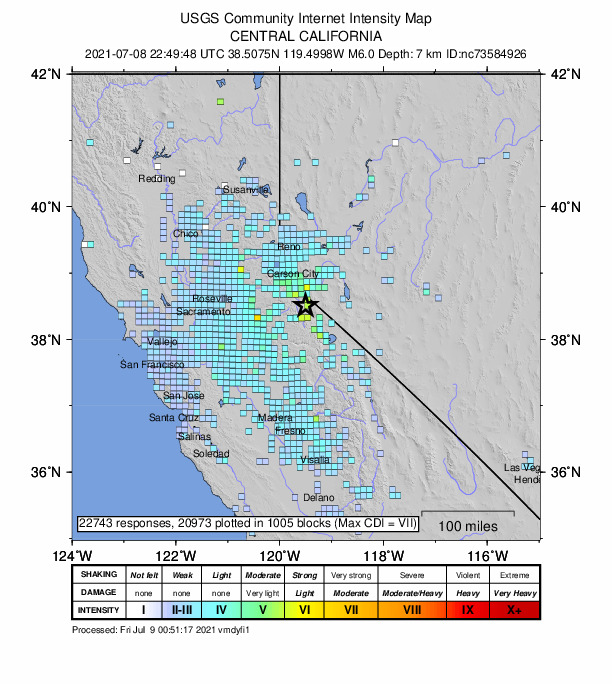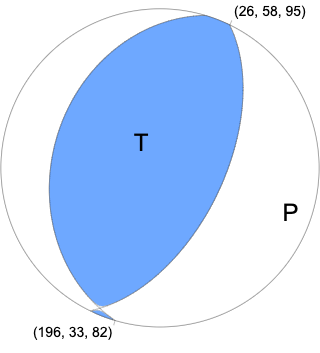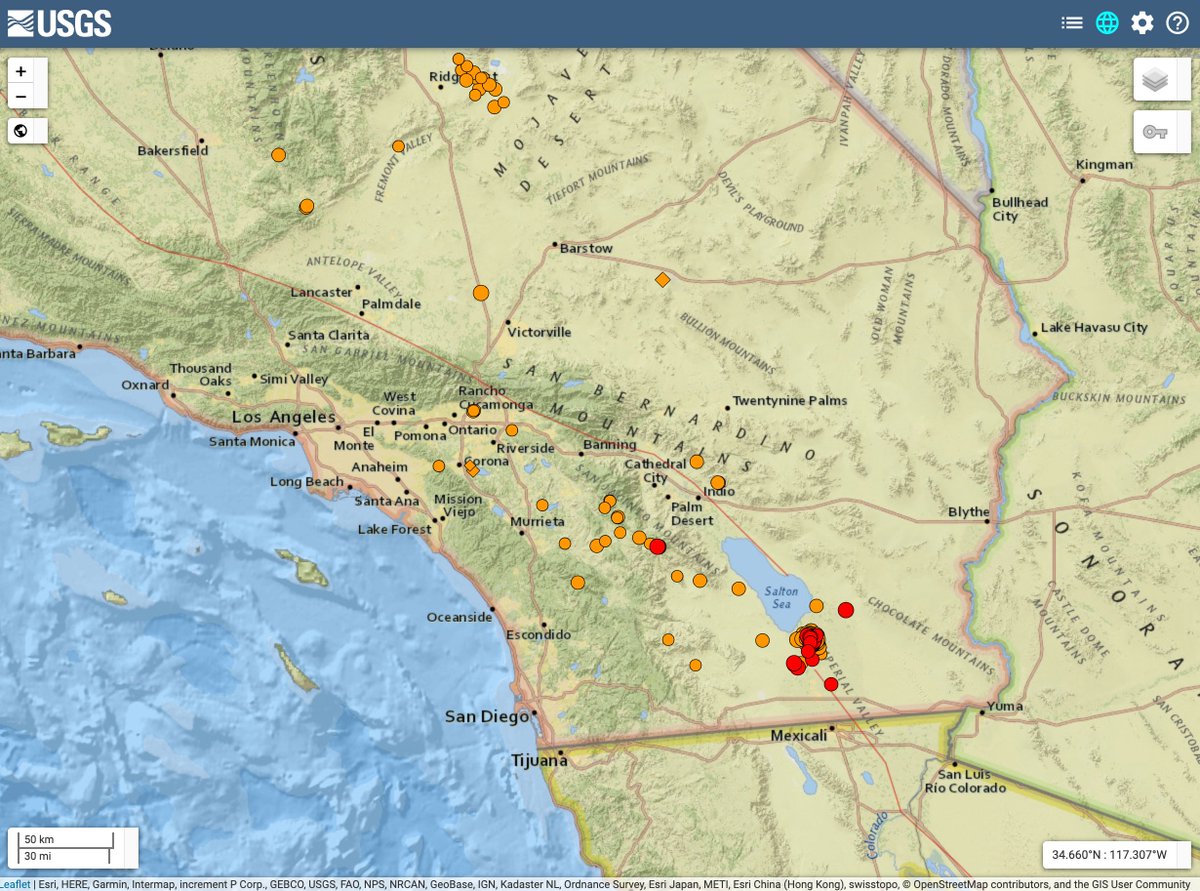
**New publication alert**
What could happen to communication networks if a large #earthquake happened in the SF Bay Area, along the Hayward fault? 📞📱☎️📳
The new #HayWiredScenario chapter on telecommunications & ICT asks “what if” & explains why we should #TextNotTalk
What could happen to communication networks if a large #earthquake happened in the SF Bay Area, along the Hayward fault? 📞📱☎️📳
The new #HayWiredScenario chapter on telecommunications & ICT asks “what if” & explains why we should #TextNotTalk
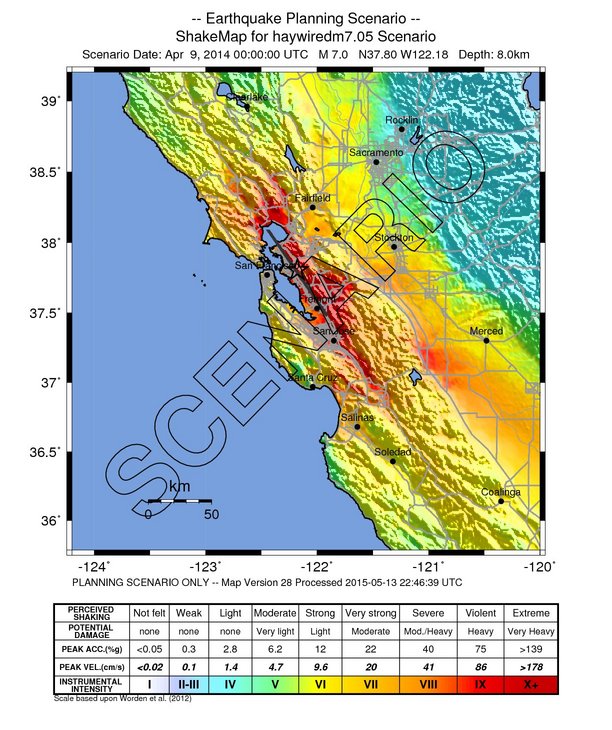
Using proxies including power shutoffs, wildfires, & other earthquakes to model what happens to #telecom in a #HayWiredScenario, they found vulnerabilities in power service, cell sites on buildings and poles, and data lines crossing the fault surface rupture. 
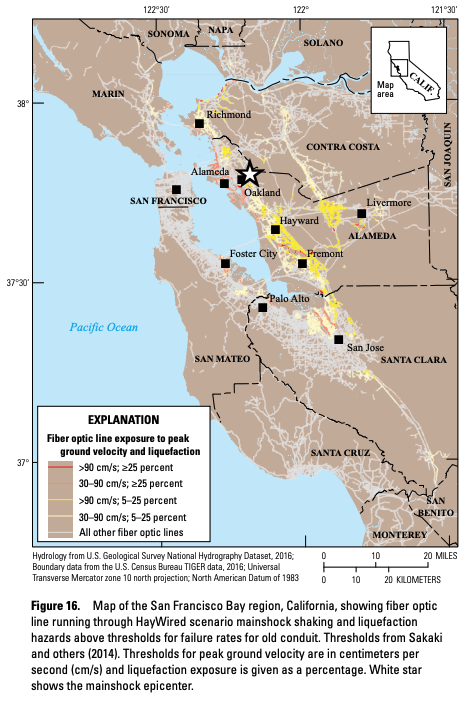
Contributing to the issue are multiple competitive service providers in a largely unregulated industry, convergence of analog and digital systems, layers of hardware and software functionality, dependence on electric power, and the rapid evolution of technology. 


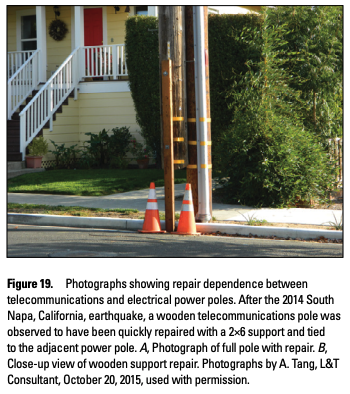
Along w/ damage to network infra & power outages, the network capacity gets jammed & stops working when 8 million people reach for their phones to communicate about the earthquake, or call friends & family to tell them what happened.
The #HayWiredScenario shows, like other recent #earthquakes, that power outages are the major cause of communication network failures. Backup power, if available, may only last for a few hours. Grid power can take much longer to restore.
High network usages combined with strained resources and damaged #infrastructure results in variable and possibly unreliable service, as it would take days, if not weeks, to coordinate the fuel, equipment, and labor to restore #telecommunication systems. 

Most of the SF Bay Area’s macro cell sites are on buildings, and small cells don’t have backup power. Investing in backup power is critical for both providers and subscribers. Also, surges in use creates extra load on systems - that’s why we say #TextNotTalk. 

What can you do to help?
After an earthquake - text, don’t talk. ⌨️📵
Don’t send or receive video, to reduce load on the networks.
For your home broadband equipment, make sure you have a backup power supply or generator.
After an earthquake - text, don’t talk. ⌨️📵
Don’t send or receive video, to reduce load on the networks.
For your home broadband equipment, make sure you have a backup power supply or generator.
Want to know more about how the SF Bay Area telecom infrastructure may fare after a large earthquake? Read the HayWired scenario Telecommunications & Information Communication Technology chapter at on.doi.gov/38i0ISU
• • •
Missing some Tweet in this thread? You can try to
force a refresh


